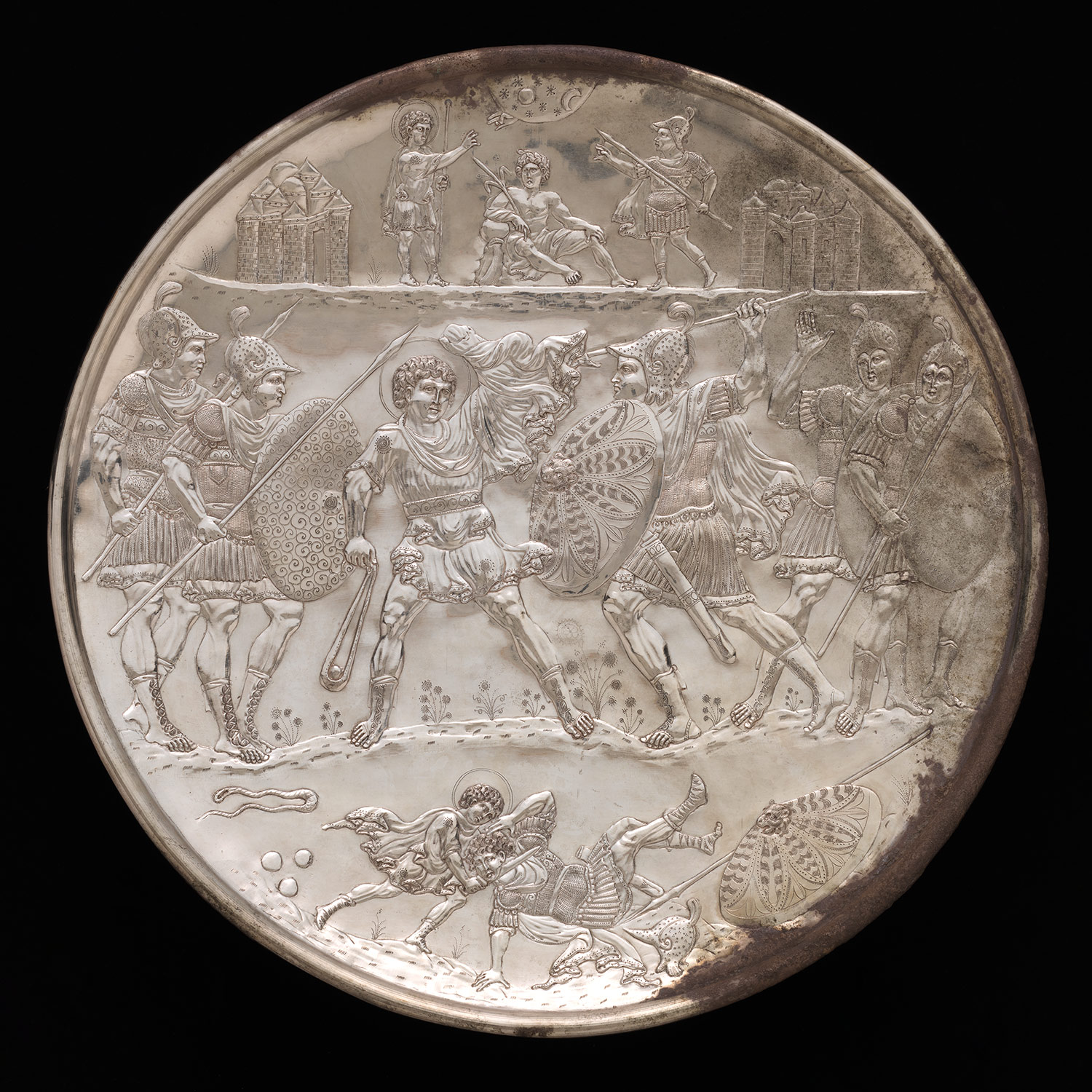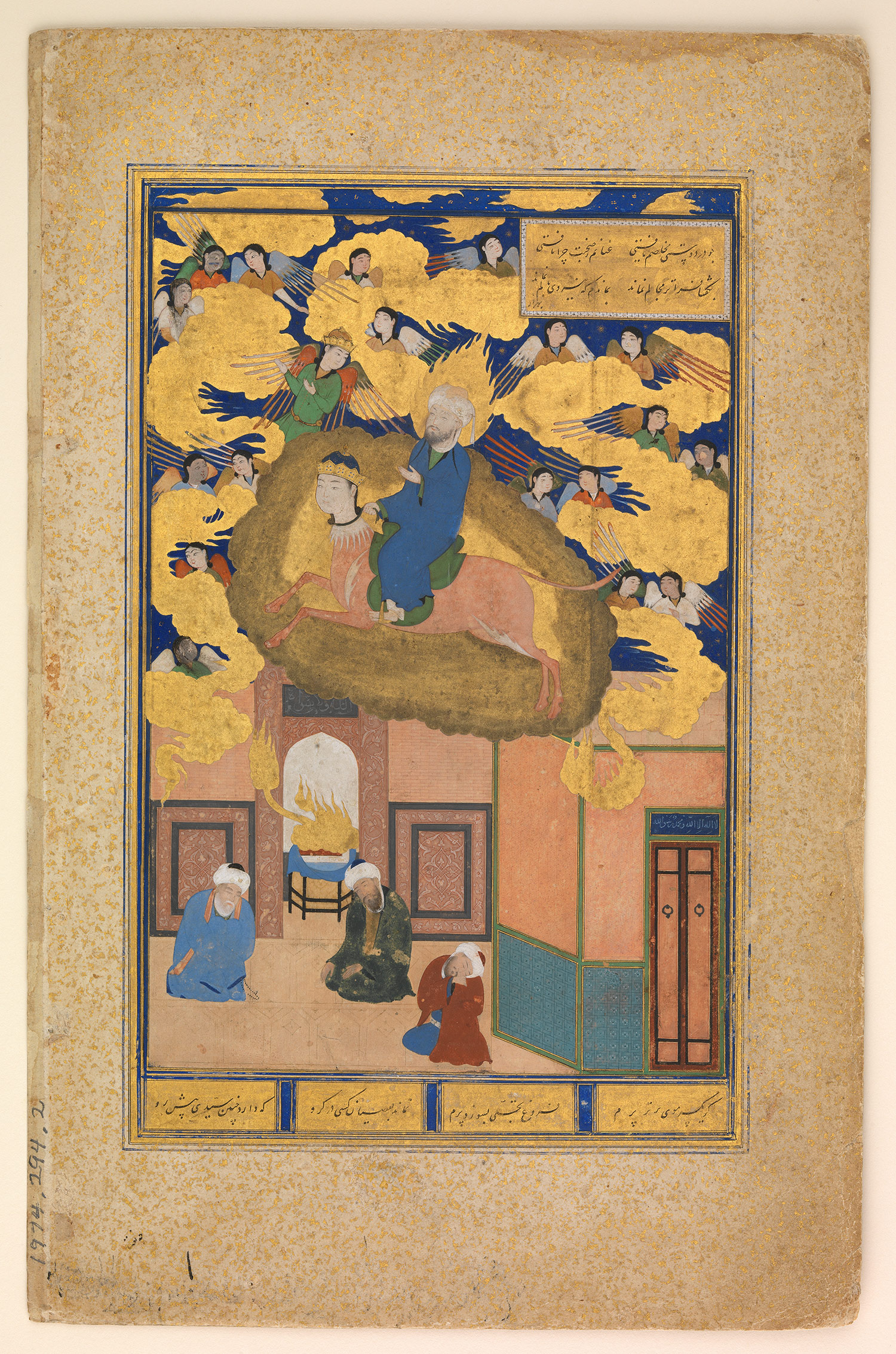Amin Nasseri
The Byzantine Empire and the Islamic Civilization
12/19/13
I pledge: A.N.
Introductory paragraph
Literature is the most important factor of both the Islamic Civilization and the Byzantine Empire culture. In the Islamic culture the "Qur'an" is studied and followed by Muslims, followers of Islam, on a daily basis. While in the Byzantine culture they follow the "The Code of Justinian", most properly known in modern day by Corpus Juris Civilis ("Body of Civil
Law"). Which the followers of the Byzantine culture have to follow certain rules and regulations. Overall the Islamic culture of literature has expanded and succeeded more than the Byzantine culture.
Primary source of Byzantine literature " The Code of Justinian"
- Justinian and Theodora
- Government
- Society and Economy
- Church Policy
- Justinian I (b.483- r.527-d.565): Dialogue with Paul of Nisibis, translated by Dr. Jeffrey Macdonald, 1998 [At Pachomius]
Justinian's "dialogue" with a Nestorian.
- Wars
- Procopius: The Reconquest of Africa, 534, from On the Wars IV:9.
A description of Belisarius' triumph, with Gelimer, King of the Vandal's in tow.
- Buildings
- [Tierney 22.1] Procopius: Justinian, from Buildings.
- Procopius: Description of Hagia Sophia from De Aedificiis. See also Catholic Encyclopedia: Byzantine Architecture
- Paul the Silentiary: Description of Hagia Sophia fromDescriptio S. Sophiae
- [Tierney 12] Corpus Iuris Civilis [selections]
- Corpus Iuris Civilis: Institutes, 535, very extensive selections, in English.
- Corpus Iuris Civilis: Institutes, Books 1-IV, [in Latin][At The Latin Library]
- Corpus Iuris Civilis: Digest: D. 1.1.1 Ulp 1 inst. [In Latin] [At Roman Law Page]
- Corpus Iuris Civilis: Roman Law Texts [In Latin] [At Roman Law Page]
A selection of medium length excerpts from, among others, the Corpus Iuris Civilis
- Corpus Iuris Civilis: The Digest and Codex on Marriage
- Codex Justinianus: Protection of Freewomen Married to Servile Husbands, c. 530 [Vll.24.i.]
- Codex Justinianus: Return of Fugitive Slaves & Coloni, c. 530 [Xl.48.xii.]
- Codex Justinianus: Application of Patria Potestas to the Coloni, c. 530 [Xl.48.xiii]
- Codex Justinianus: Children of the Unfree, c. 530 [Xl.48.xxi.]
- Codex Justinianus: Protection of Freemen and Coloni, c. 530 [Xl.48.xxii.]
- Codex Justinianus: Children of Mixed Marriages, c. 530 [Xl.48.xxiv.]
- Codex Justinianus: Coloni Bound to the Soil, c. 530 [Xl.51.i]
- Codex Justinianus: Violation of the Thracian Land Law, c. 530 [XI.52.i.]
- Justinian I (b.483- r.527-d.565): Novel 137: Regulating Church Ritual.
- Justinian I (b.483- r.527-d.565): Novel 77, [538 CE] and Novel 141, [544 CE], [At PWH]
Includes texts of earlier Roman legislation on homosexuality.
- Justinian (b.483- r.527-d.565): Novella 146: On Jews
Paraphrasing
“ The Code of Justinian”,
most properly known today by Corpus Juris
Civilis ("Body
of Civil Law"), is a roman civil law that
is collected and organized by the order of the Byzantine emperor Justinian . These are rules that are justified by the Christians and they must be followed. There are four parts to the Code of Justinian. They four parts are "The code",contained nearly 5,000 Roman law ,"Digest", summarized the opinions of Rome’s greatest legal thinkers about the laws,"Institutes", a textbook that told the law students how to use the law, "Novellae", a presented legislation.
Primary source of Islamic literature “The Qur'an”
In the Name of God, Most Gracious, Most Merciful.
Praise be to God, the
Cherisher and Sustainer of the worlds,
The most Gracious, Most
Merciful,
Master of the Day of
Judgement.
Thee do we worship, and
Thine aid we seek.
Show us the straight
way.
The
way of those on whom Thou hast bestowed Thy Grace, those whose (portion) is not
wrath, and who go not astray.
qur'an - 1:1-7 - al fatihah - the prologue
Paraphrase
According to the qur’an -1:1-7 al fatihah – the prologue, this is the first
preceded verse that is recited in the beginning of each subsequent
sura of the Qur'an, the holy book for the muslims, except for the ninth sura. In Arabic
bismillah he rahman a rahem is said. Which means “in the Name of God, Most Gracious, Most
Merciful.” This is a praise said to god that means there is no one higher than
Allah and he is the most greatest and most powerful. This praise also talks
about worshiping only Allah and no else and “The Day of Judgement”.“The Day of
Judgement” is the day where Allah will test the believers of Islam.The Arabic word “Quran”
means “the Recitations” or “the Revelations.”The Qur'an was believed to be received
by Prophet Muhammad S.A.W in 610 when he was about 40 years old.
Outline
1) 1st paragraph (introductory)
i)
Despite the differences in Islam culture and Byzantine culture the
Islamic Civilization in literature has improved massively compared to the
Byzantine Empire.
2) 1st body paragraph: The Qur’an
i)
Studied by Muslims
(1)
Used to follow the right steps to go to Heaven
(2)
Followed on a daily basis
(3)
Recited to talk to Allah
(4)
Made up of many suras, verses
3) 2nd body paragraph: The Code of
Justinian
i)
Studied by Christians
(1)
Used to follow the rules and regulations
(2)
Recited for the empire, Justinian
ii) Four
Parts
(1)
The code
(a)
Contained nearly 5,000 Roman laws
(2)
Digest
(a)
Summarized the opinions of Rome’s greatest legal thinkers about the
laws
(3)
Institutes
(a)
Was a textbook that told the law students how to
use the laws
(4)
Novellae
(a)
Presented legislation
4) Conclusion
i)
In Islam religion is taken more seriously
than the Byzantine, because there are rules that were followed on a daily basis
and you were praying and worshiping Allah. The Byzantine had rules in general
but they weren't followed on a daily basis.They were rules that were there to help the Byzantine culture.
MLA sources
- "The Qur'an and Qur'anic Interpretation (tafsir)." The Qur'an and Qur'anic Interpretation (tafsir). N.p., n.d. Web. 18 Dec. 2013.
- "Basmala." Wikipedia. Wikimedia Foundation, 18 Dec. 2013. Web. 18 Dec. 2013.
- PBS. PBS, n.d. Web. 18 Dec. 2013.
- "Corpus Juris Civilis." Wikipedia. Wikimedia Foundation, 12 June 2013. Web. 18 Dec. 2013.
- "Internet History Sourcebooks." Internet History Sourcebooks. N.p., n.d. Web. 19 Dec. 2013.



